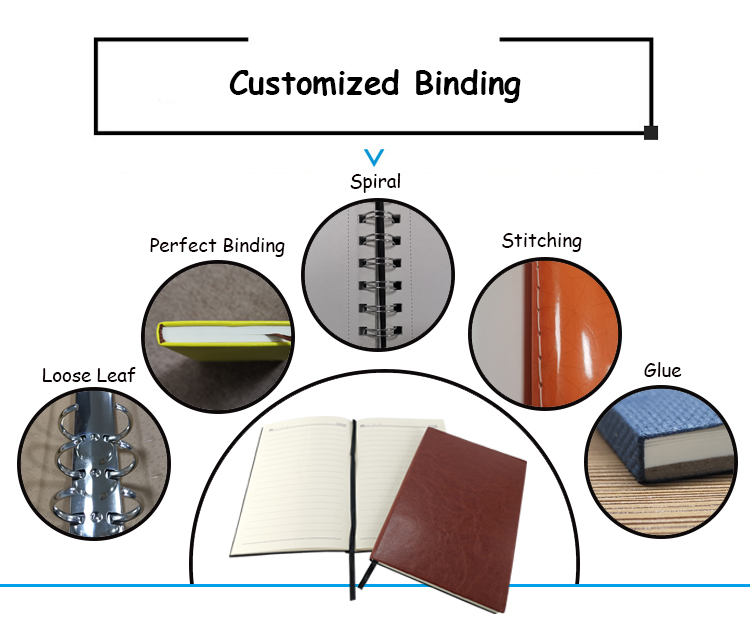A notebook is a versatile and indispensable tool used for writing, note-taking, planning, and organizing information. It is a portable and compact book that consists of a series of pages bound together, providing a convenient and structured format for recording thoughts, ideas, and important details.
Notebooks come in a wide range of sizes, from small pocket-sized versions that can be carried anywhere, to larger notebooks suitable for more extensive writing and note-taking. They often have durable covers made from materials like cardboard, leather, or fabric, providing protection to the pages and ensuring longevity.
The pages of a notebook can vary in ruling, from lined or ruled pages that help maintain neat handwriting to blank pages that allow for more creative expression, sketching, or diagramming. Some notebooks also feature grid or dot-grid patterns, ideal for precise drawings, diagrams, or bullet journaling.
Notebooks offer a tangible and tactile experience, encouraging active engagement and promoting cognitive retention. By physically writing down information, individuals reinforce their understanding and memory of the content. Notebooks also provide a sense of ownership and personalization, as users can customize the cover, add dividers or tabs, and decorate the pages according to their preferences.
One of the key advantages of notebooks is their flexibility and adaptability to various purposes. They can be used for taking class notes, jotting down ideas, planning projects, organizing to-do lists, keeping track of appointments, or even as a personal journal or diary.
In conclusion, notebooks are essential tools for capturing and organizing information. With their portable nature, customizable features, and versatile use, they serve as valuable companions for students, professionals, and individuals alike. Whether used for academic, professional, or personal purposes, notebooks offer a tangible medium for creativity, organization, and effective information management.
















